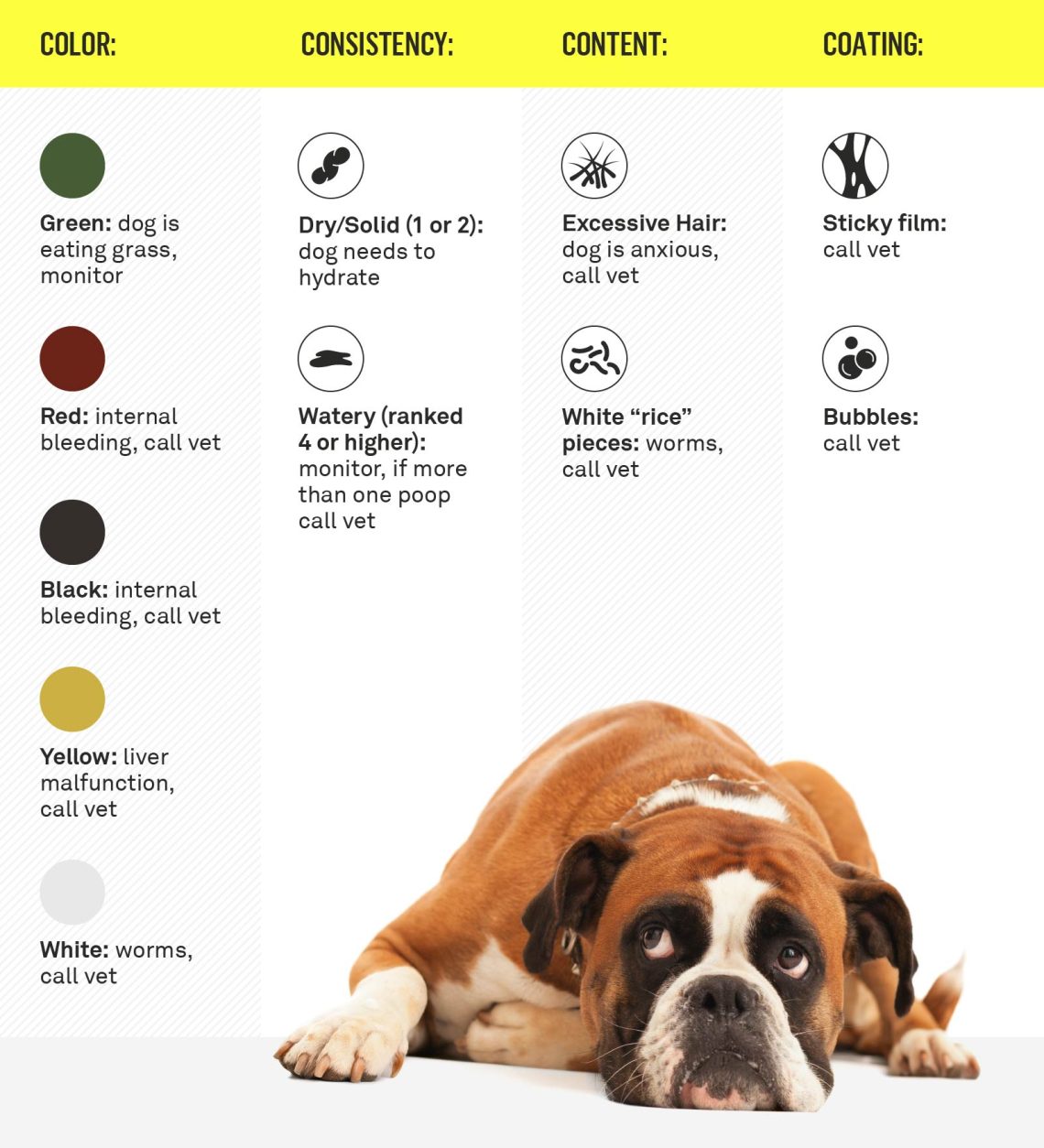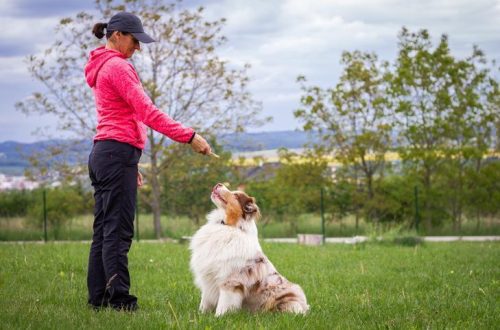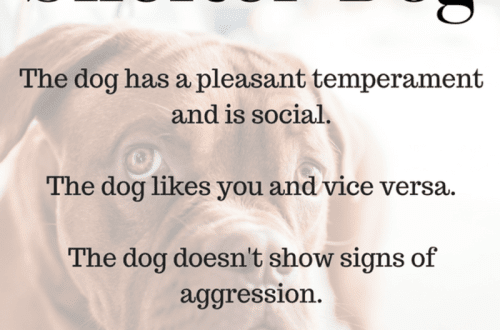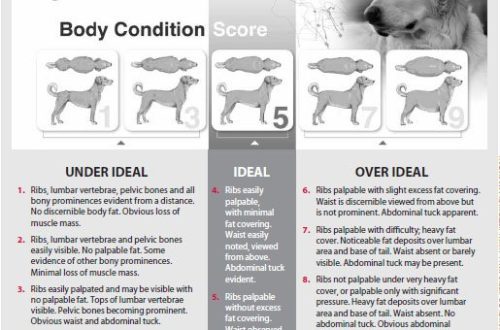
אַלץ איר געוואלט צו וויסן וועגן הונט פּופּ
Dog poo. It may not be the most pleasant topic, but healthy dog stools are often a sign of a healthy animal. Monitoring your pet’s stool parameters can be a good way to identify any health problems. Let’s take a look at what distinguishes normal canine stools from abnormal ones, which can be indicative of underlying health problems.
What does the perfect chair look like?
Dog stool has four main parameters: color, content, consistency and coverage. Healthy dog stool should be chocolate brown. As for its contents, let your veterinarian do all the “dirty” work. Most people can’t see much of anything without a microscope. Healthy dog stool should be slightly firm in consistency, like a clay mold. Ideally, it should be in the form of a log with small cracks. If you wanted to roll it up, it would break into small pieces. Finally, healthy stool has no surface coating at all. So if your dog has chocolate brown, slightly hard, uncoated stools with nothing sticking out, then he’s fine. However, be aware of signs that may indicate health problems.
When to Worry About Dog Poop
Again, four parameters of your dog’s stool can help you determine that he may be sick. While not very pleasant, the quickest way to spot any abnormalities is to examine your pet’s stool while it’s fresh.
Content features to look out for
- וואָרמס. They can be long and thin or look like small grains of rice. But you should pay attention to this only if they are present in a fresh sample. If the chair is outside for some time, the worms just might get to it.
- וואָל. Large hairballs in the stool can be a sign of excessive licking, allergies, or skin conditions. Note how often you see hair in your stool and discuss this with your veterinarian.
- Foreign objects. Grass, plastic, stones, cloth and even money can sometimes be found in your dog’s stool, because dogs can swallow some random things from time to time. If you notice strange objects in your pet’s stool, you may want to consult with your veterinarian about the need for a thorough examination or even x-rays. It happens that foreign objects get stuck in the digestive tract of dogs and have to be removed surgically. That’s why it’s best to contact your veterinarian immediately if you notice pieces of cloth or plastic in your dog’s stool.
פֿעיִקייטן פון די קאָוטינג
When you pick up dog feces from the grass, they should not leave any traces behind. Mucous coating often indicates inflammation of the large intestine and is usually accompanied by diarrhea. If you notice such mucus in your dog’s stool for several days in a row, you should contact your veterinarian to determine the next steps.
קאָליר
A simple guide on how to tell if your pet has a health problem by looking at the color of the stool:
- ברוין. A healthy puppy’s stool should be chocolate brown.
- strong>Green. Green stools may indicate that your dog is eating grass, perhaps to soothe an upset stomach.
- Black or burgundy. This may be a sign of bleeding in the stomach or small intestine.
- Red stripes. Another sign of bleeding is probably in the lower gastrointestinal tract.
- געל. Yellow stools may indicate problems with the liver, pancreas, or gallbladder.
- White spots. Your puppy may have worms if you notice small white spots in his stool.
קאָנסיסטענסי
When assessing stool consistency, most veterinarians use a scale of one to seven, where one is very hard (nearly dry) and seven is very thin. Accordingly, the optimal consistency corresponds to number two on the scale. However, if your dog’s stool is slightly soft, don’t be alarmed. Just watch to see if her stool is getting softer and softer and freeze some samples in case you need to take the dog to the vet.
It is important to bring samples of healthy stools for regular check-ups so that if your pet shows signs of unhealthy stools, the veterinarian will have something to compare it with. If your dog appears to have healthy stools but has other signs of illness (refusal to eat, vomiting, lethargy, etc.), we still recommend that you take a stool sample when you take your pet to the veterinarian. Putting a stool sample under a microscope or doing other tests can reveal a lot of useful information.
Collection of stool samples
There is a good chance that you have found many different ways to clean up after your dog in your yard or while walking. When it comes to cleaning up feces, there is no shortage of tools for this – there are scoops and special biodegradable bags. So when you collect a sample of healthy or unhealthy dog stool to take to the veterinarian, be sure to use a clean bag. Carefully pick up the sample and place in a clean, shallow plastic container with a lid. Keep the sample frozen until you deliver it to the veterinarian. If the stool is too loose to be lifted, be sure to take some clear photos with your phone’s camera to show the doctor the consistency. You can also try collecting some liquid stool in a container using a clean stick or plastic spoon. Never take a stool sample that has been exposed to heat or grass for a long time. These samples may contain dirt or parasites that were not originally present in the stool. And the last thing you should pay attention to: try to clean up dog excrement as soon as possible. If there are too many of them in the backyard, sooner or later the dog will start eating them. In addition, it can pose a threat to public health, as dog feces can seep into the groundwater and contaminate water sources. It should also be noted that you should always wash your hands after removing excrement, even if you have used gloves or put a bag over your hand.
לעצט עצות
Remember, your dog’s stool says a lot about his health. Responsible owners should follow these tips to better understand their dog and its health:
- Once your dog has done the job, evaluate the result on four dimensions: color, content, consistency and coverage.
- Always take a fresh stool sample with you every time you visit your veterinarian.
- Clean up dog feces immediately on walks.
- If your pet has a problem in the house, take him outside immediately and try to reinforce the correct defecation routine.
- Contact your veterinarian immediately if your dog’s stool has changed a lot, has started eating his stool, has frequent urination around the house, or if he hasn’t had a bowel movement in more than 24 hours.
Dog poop is not the most pleasant topic to talk about, but it can be a good indicator of your dog’s overall health. Early detection of signs of illness can help keep her healthy.





